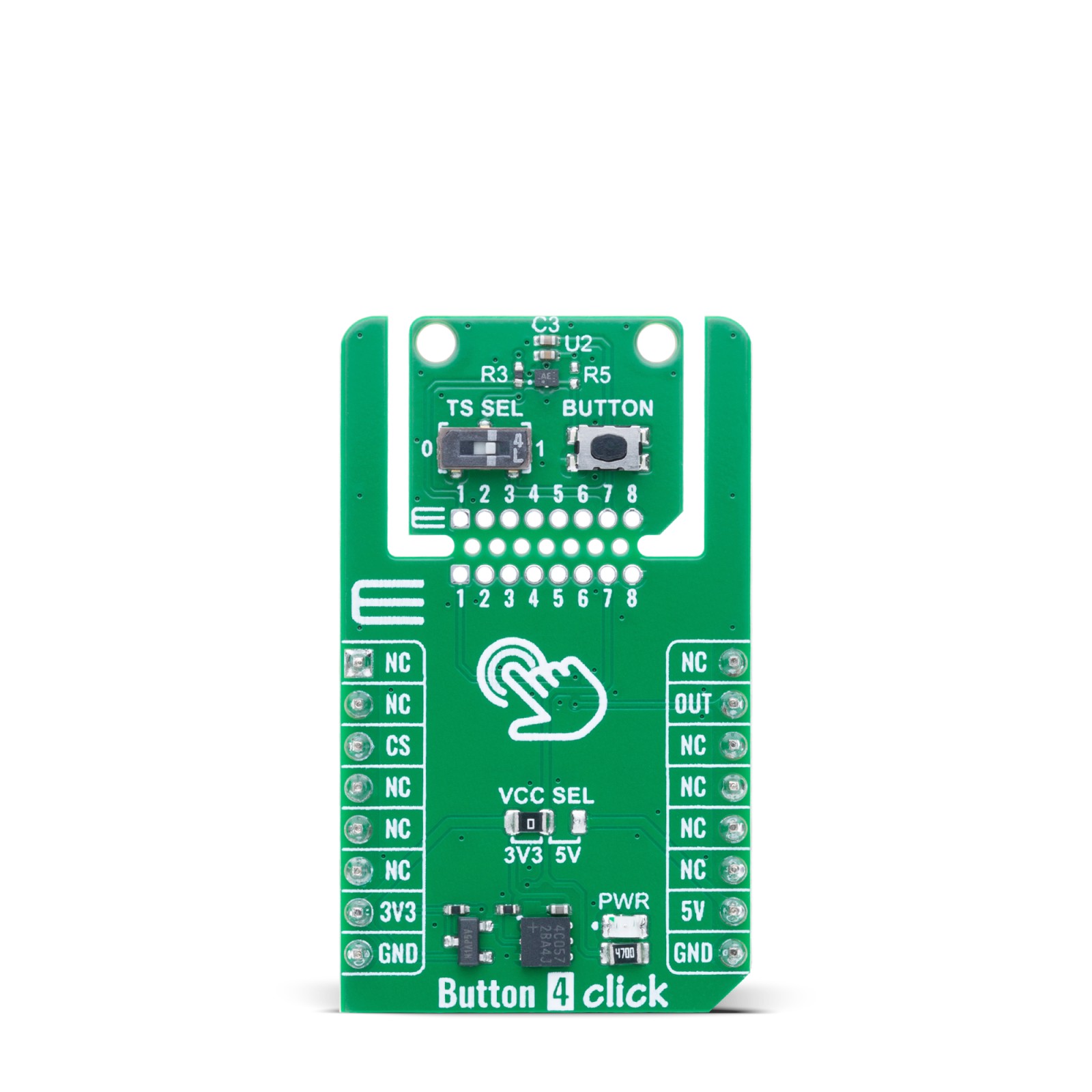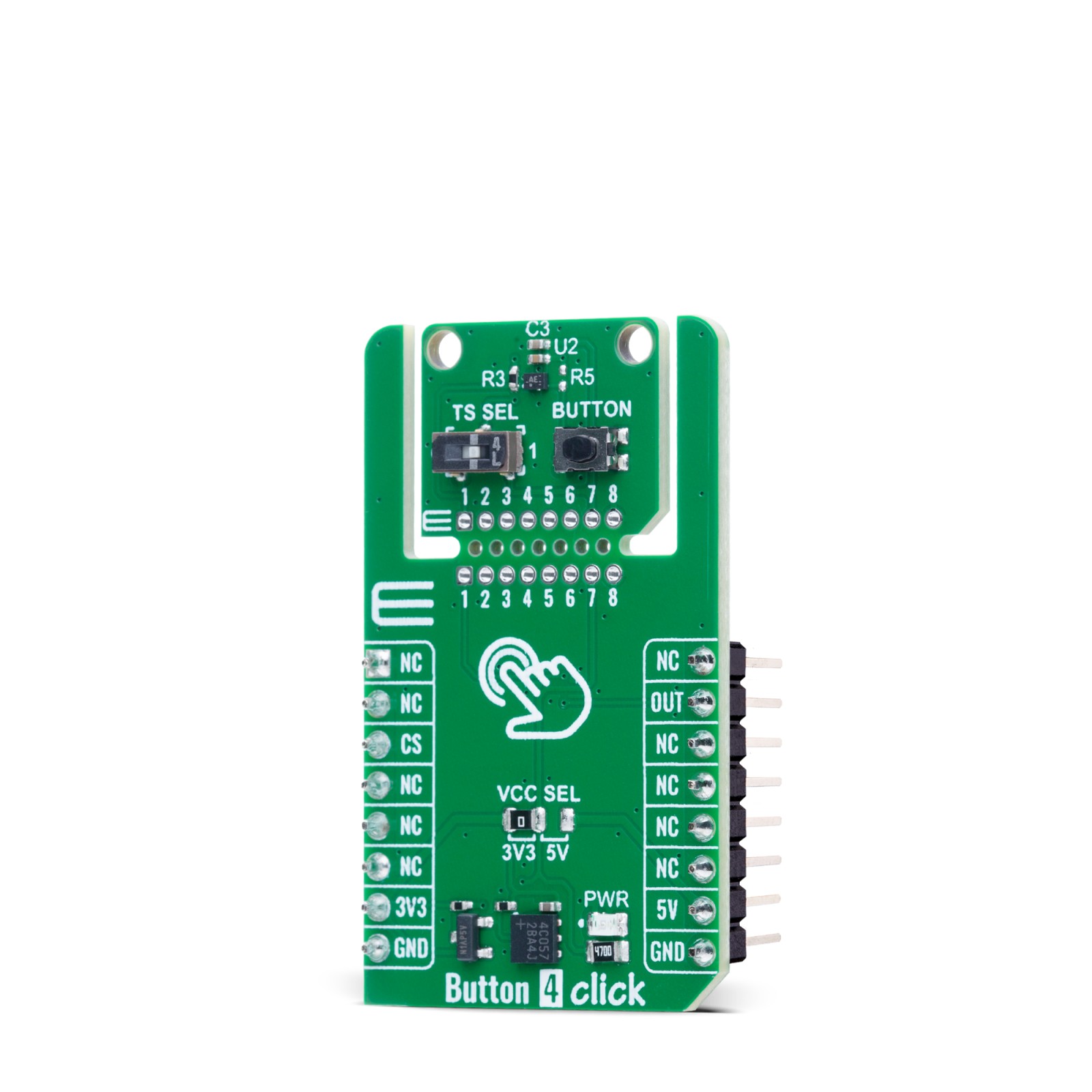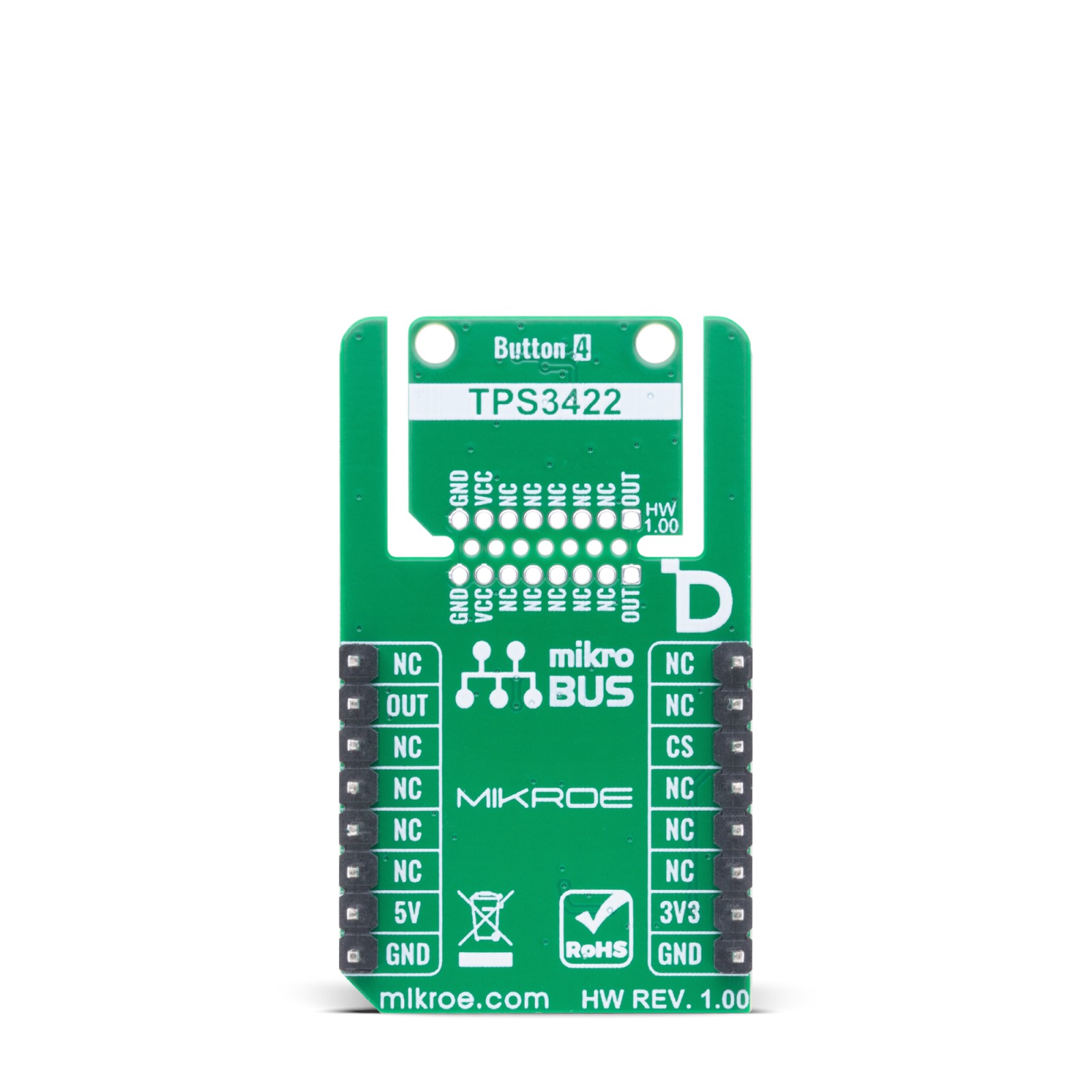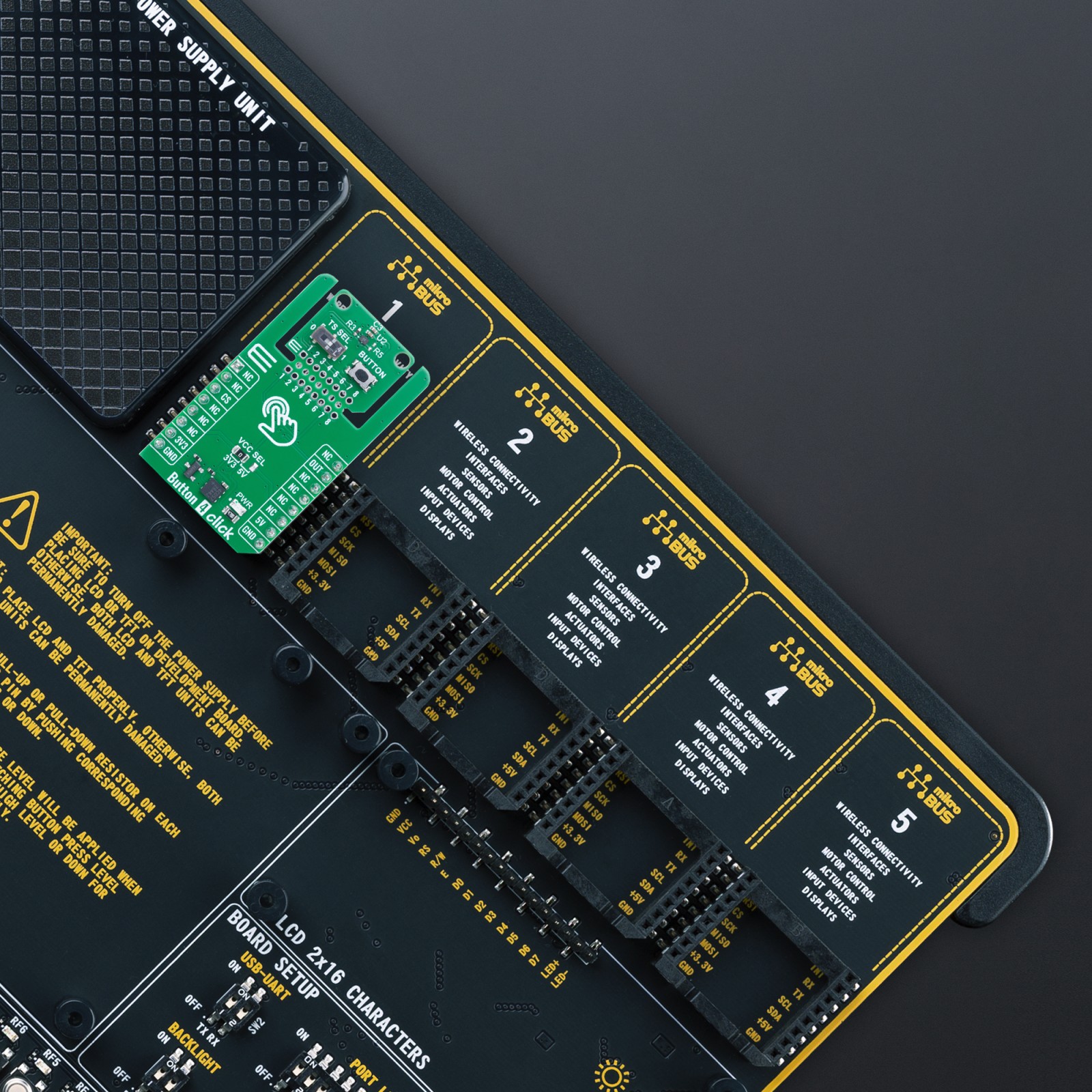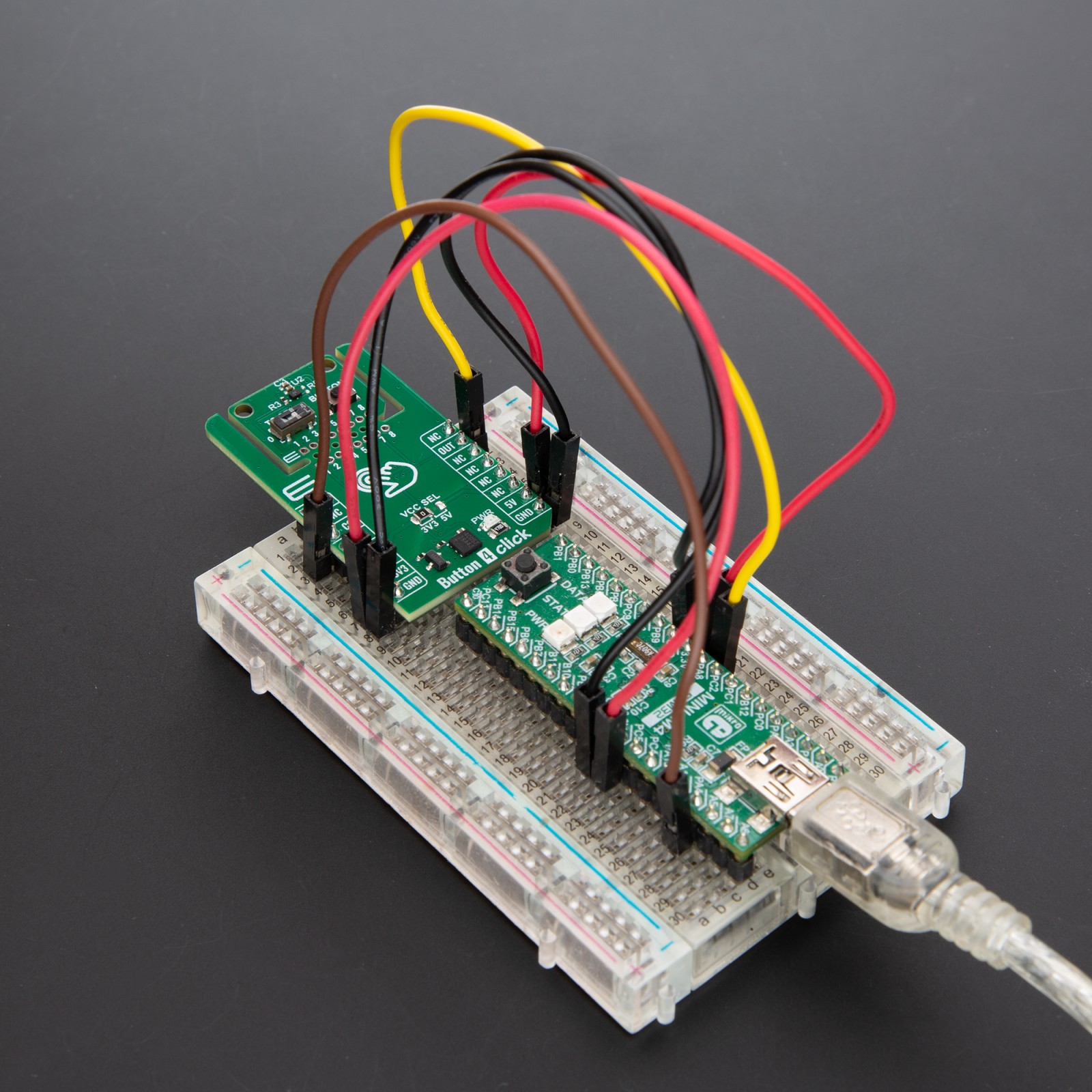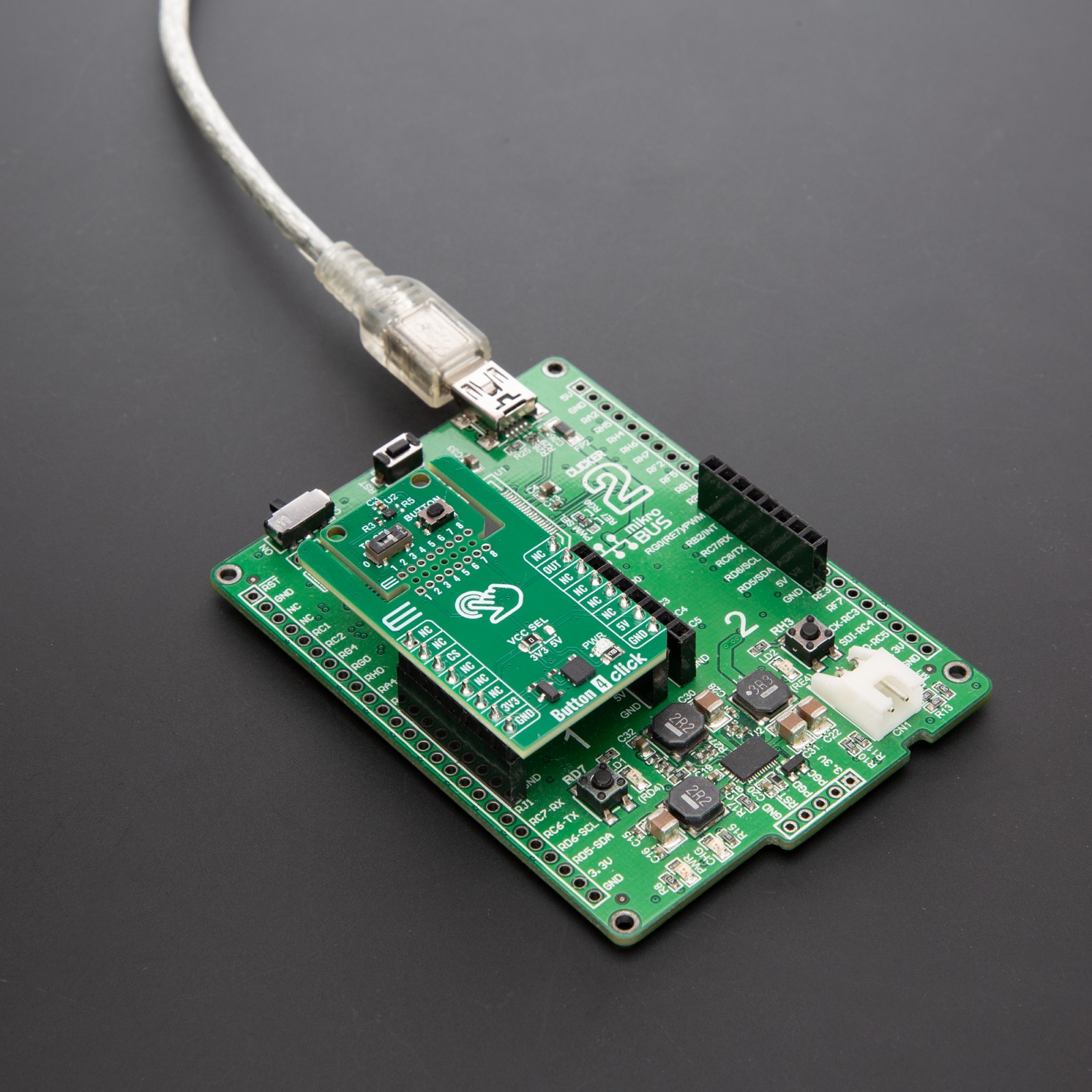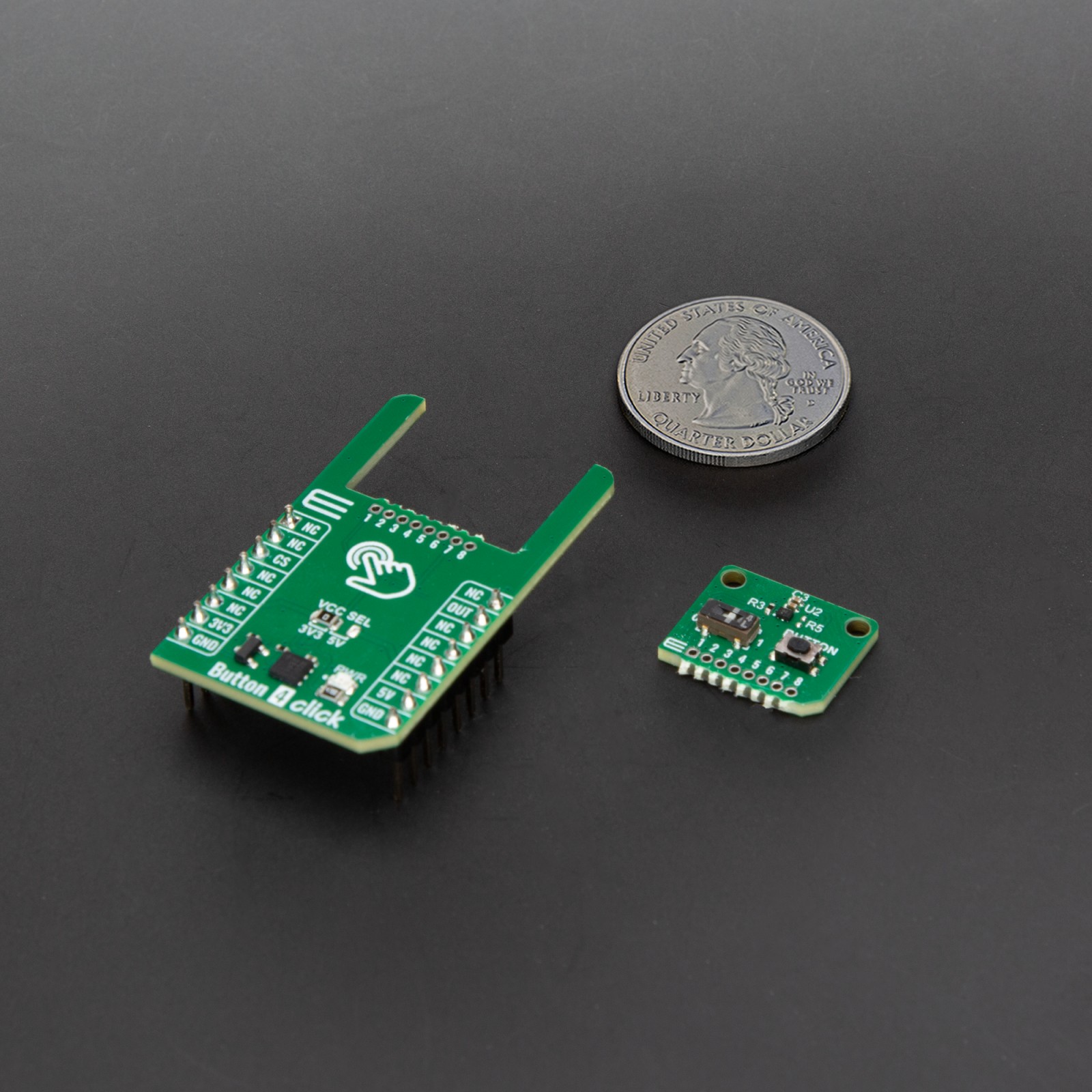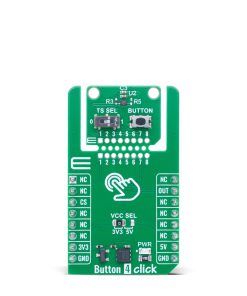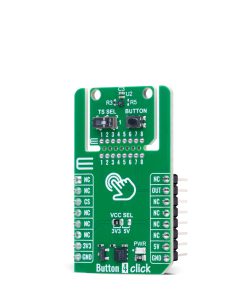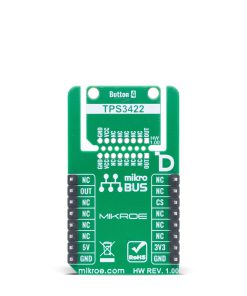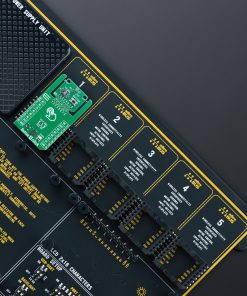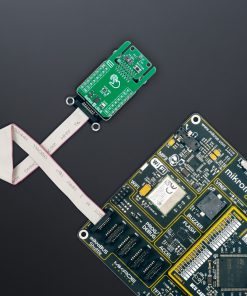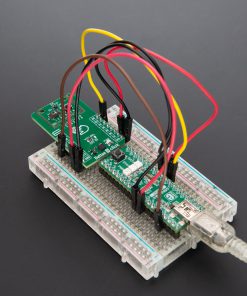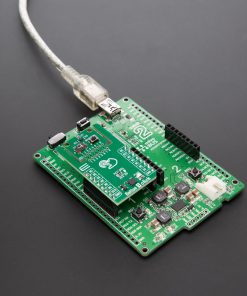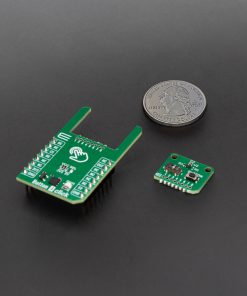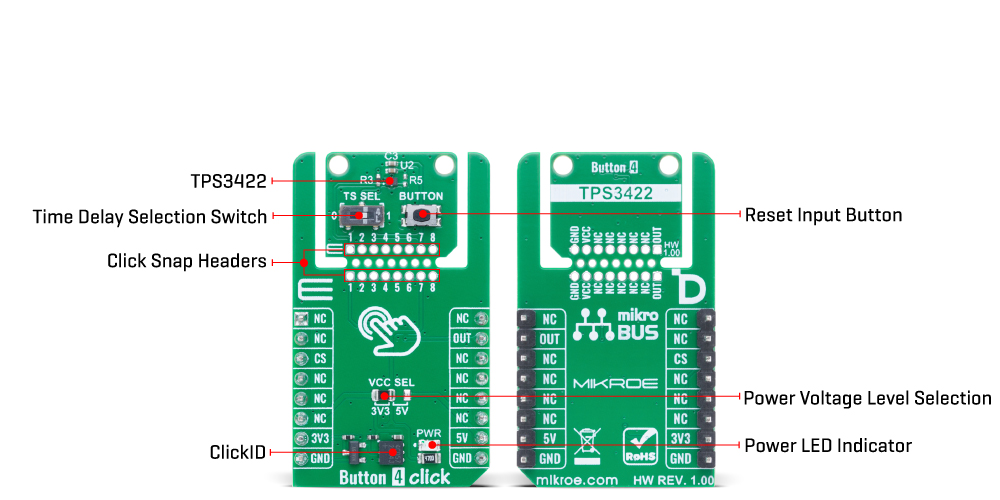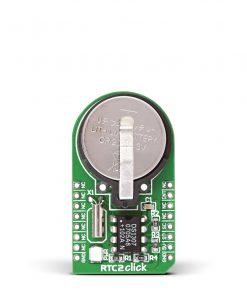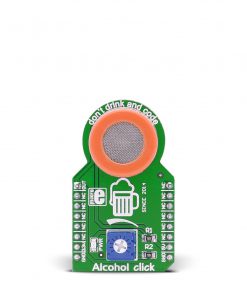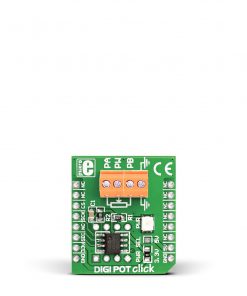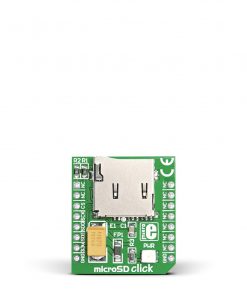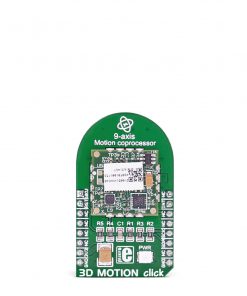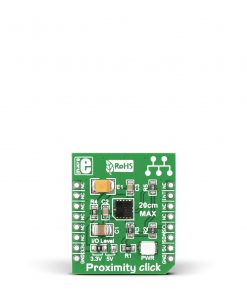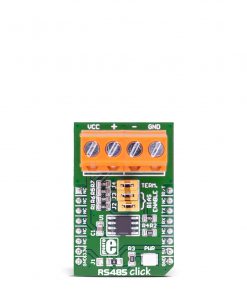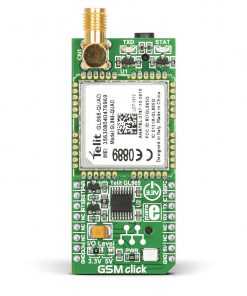Subtotal: R1,150.00
Button 4 Click
R225.00 ex. VAT
Button 4 Click is a compact add-on board designed to provide controlled and reliable manual system resets in embedded applications. It is based on the TPS3422 push-button reset controller from Texas Instruments, known for its ultra-low power consumption and precision timing features. The board features a programmable delay mechanism that differentiates between brief key presses and intentional resets, helping to prevent accidental resets. It includes the innovative Click Snap format, allowing the main IC area to operate independently and be mounted separately, with a configurable reset delay of 0 or 7.5 seconds via an onboard switch. Button 4 Click is ideal for applications such as gaming consoles, portable consumer electronics, navigation systems, medical devices, and interactive toys.
Button 4 Click is fully compatible with the mikroBUS™ socket and can be used on any host system supporting the mikroBUS™ standard. It comes with the mikroSDK open-source libraries, offering unparalleled flexibility for evaluation and customization. What sets this Click board™ apart is the groundbreaking ClickID feature, enabling your host system to seamlessly and automatically detect and identify this add-on board, alongside a Click Snap feature introducing a new level of flexibility and ease of use.
Stock: Lead-time applicable.
| 5+ | R213.75 |
| 10+ | R202.50 |
| 15+ | R191.25 |
| 20+ | R184.05 |

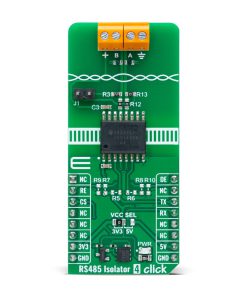 RS485 Isolator 4 Click
RS485 Isolator 4 Click 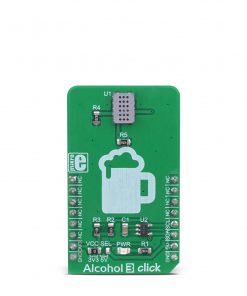 Alcohol 3 Click
Alcohol 3 Click 